Castilla Canal
The Canal de Castilla is one of the most important hydraulic engineering works carried out in Spain between the mid-18th and early 19th centuries.

Calahorra de Ribas Lock
- Read more about Castilla Canal
- Log in to post comments
The Canal de Castilla is one of the most important hydraulic engineering works carried out in Spain between the mid-18th and early 19th centuries.

Calahorra de Ribas Lock
This glacial lake, located at an altitude of 2,050 metres, is one of the best known and most accessible hiking routes in the Palentina Mountain.
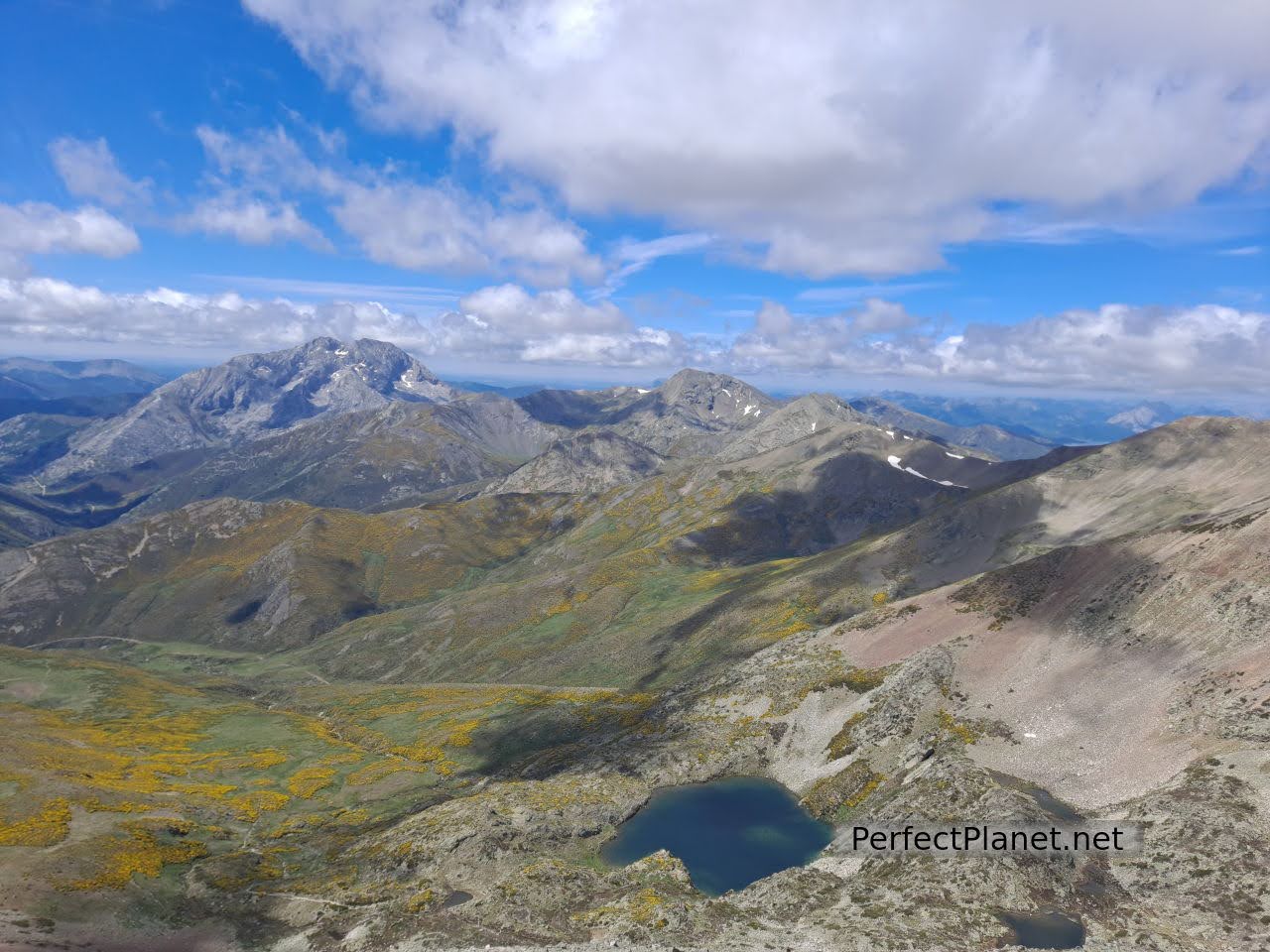
Lomas well
The Curruquilla peak (2,416 metres) and Hoya Contina (2,395 metres) are two little-known peaks in the Curavacas range.
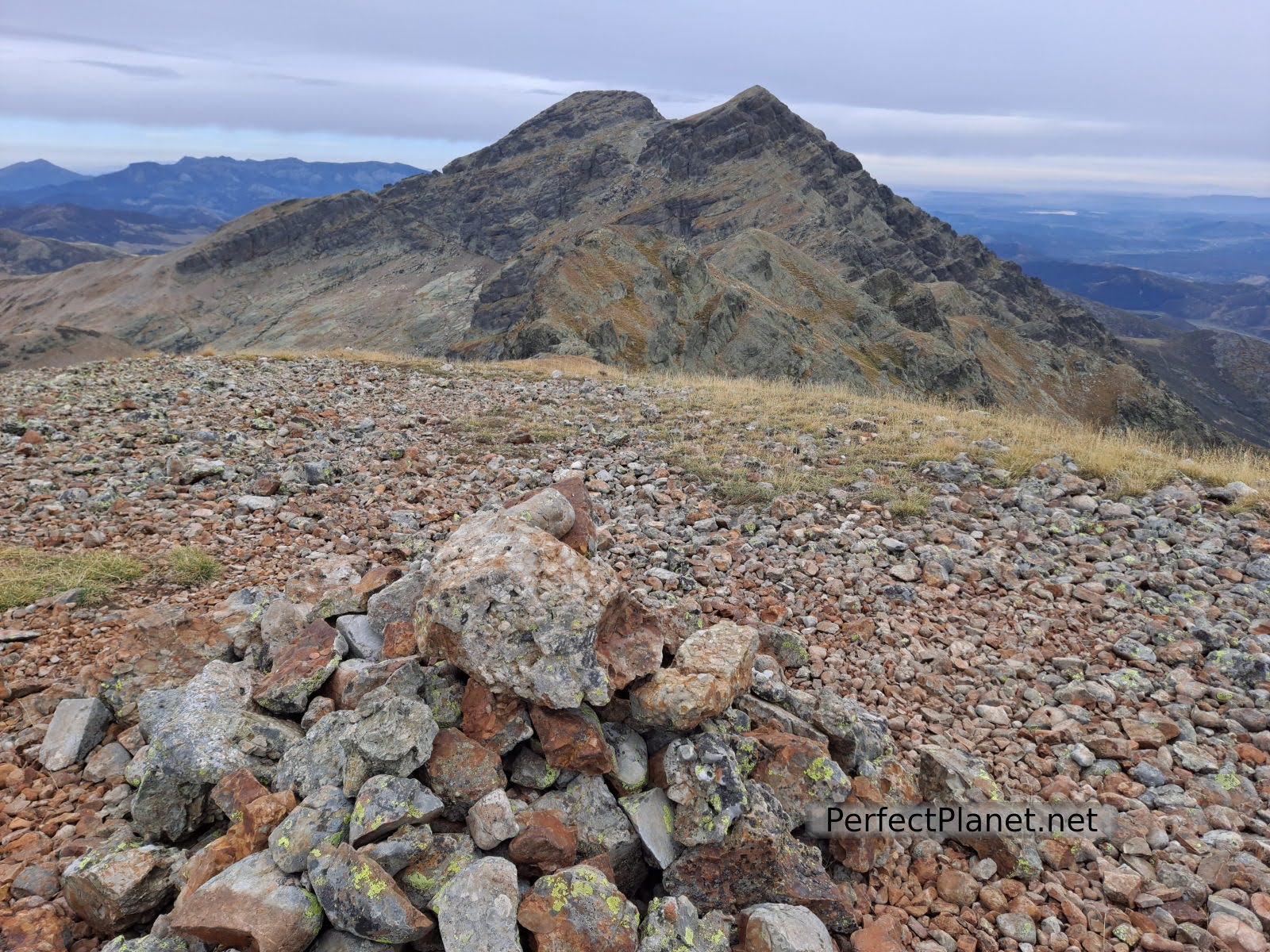
Curruquilla with views to Curavacas
The peak or landmark of Tres Provincias with its 2,497 meters joins the provinces of Palencia, Leon and Cantabria within the Natural Park of Fuentes Carrionas and Fuente del Cobre in the Palentina Mountain.
This region in the province of Palencia forms part of the protected area known as the Natural Park of Fuentes Carrionas and Fuente del Cobre, declared a Natural Park in 2000.
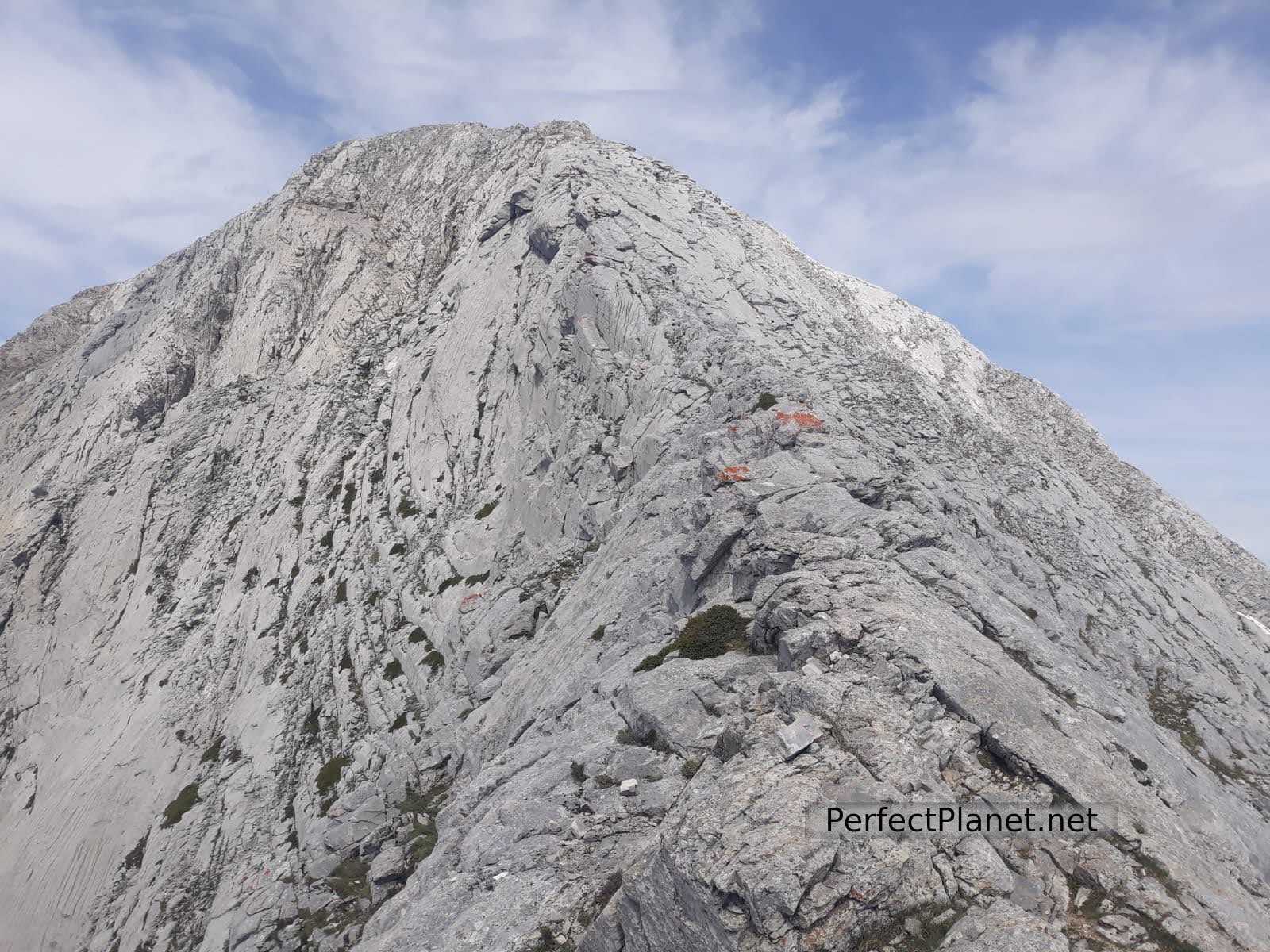
Espigüete
The Curavacas peak, at 2,524 metres high, is considered the highest peak in the Palentina Mountain.
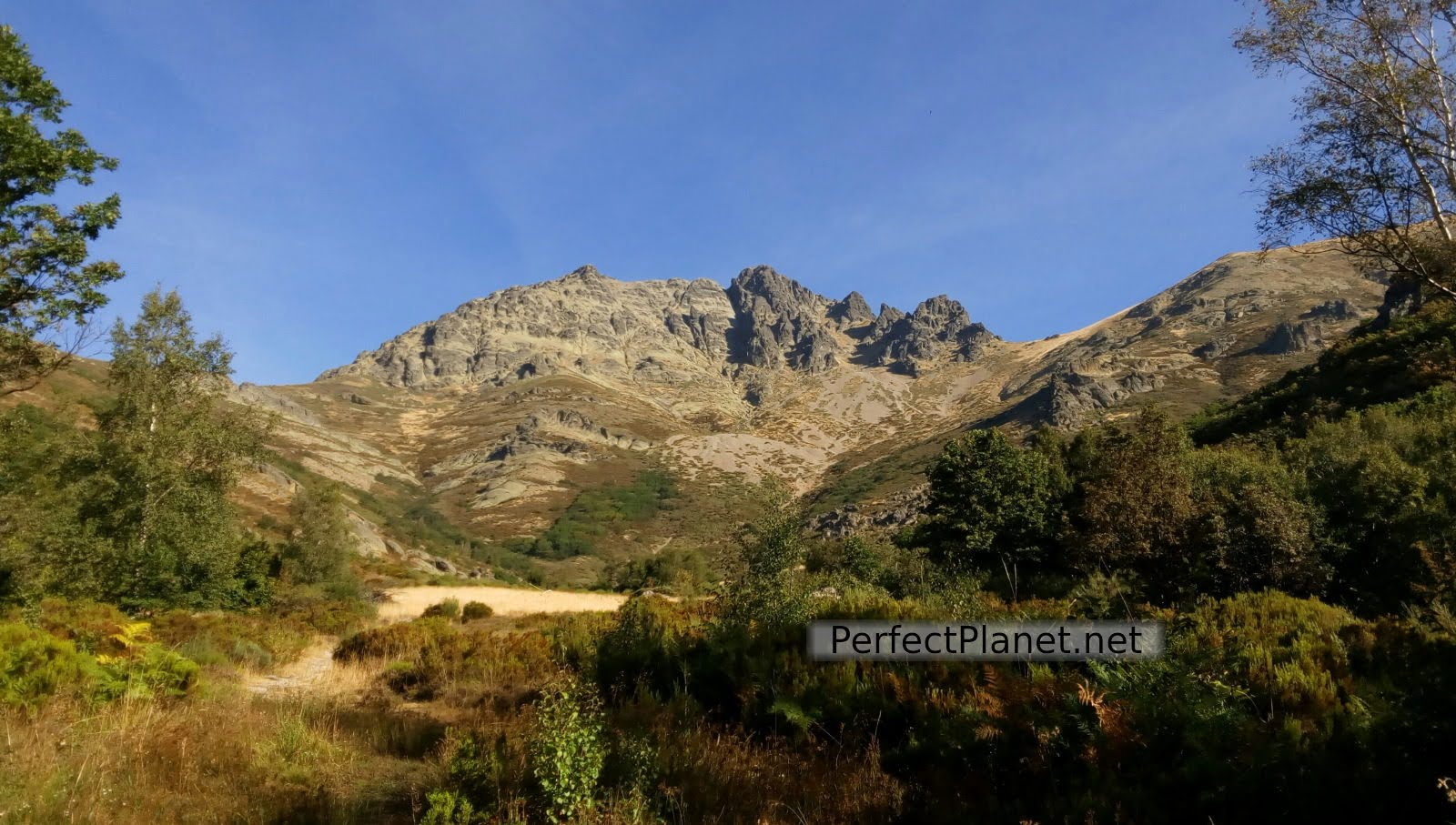
Curavacas
With its 2,539 meters high, the Peña Prieta or Infierno peak is considered the roof of Fuentes Carrionas.
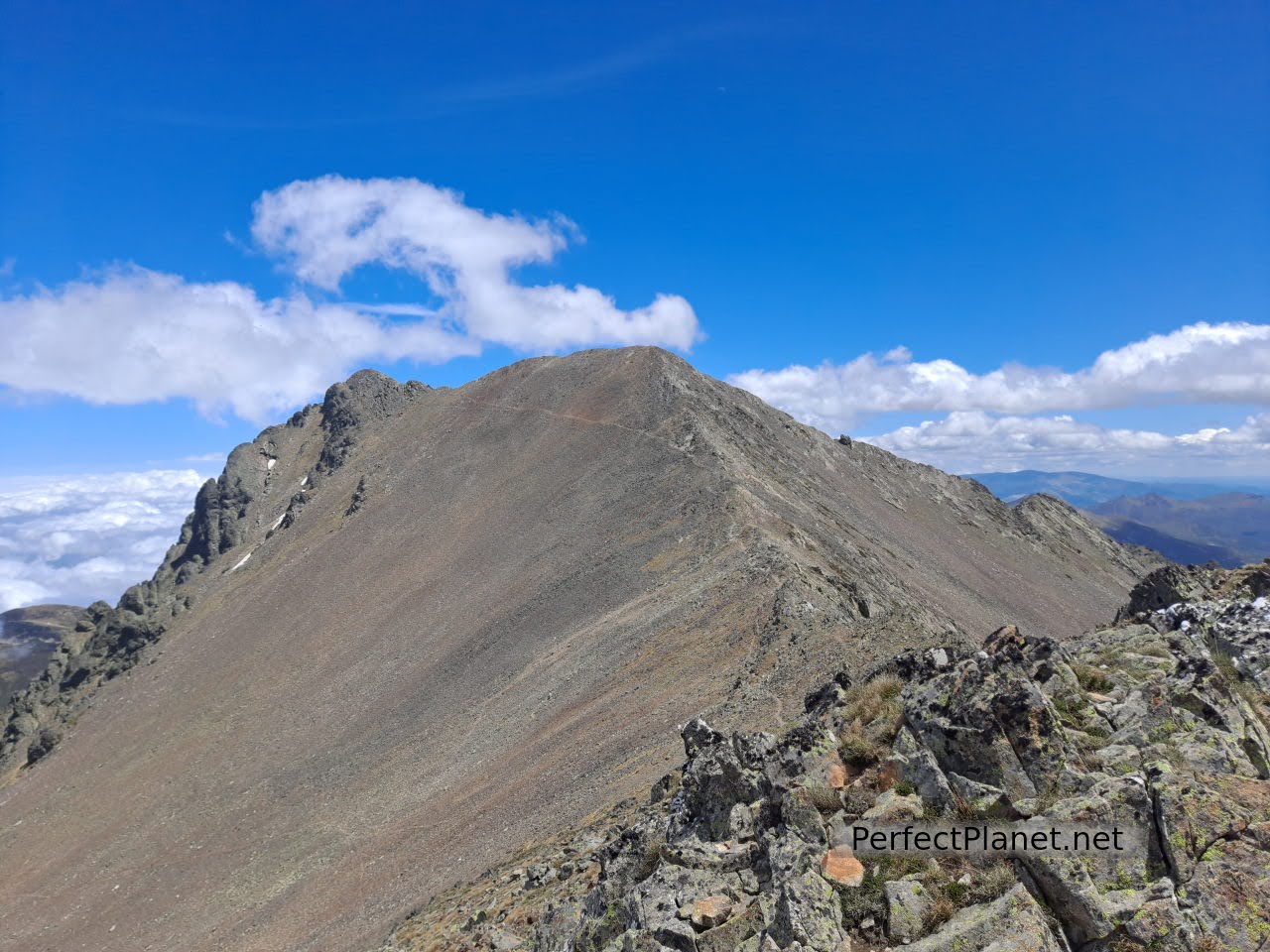
Peña Prieta
On the banks of the river Bernesga, an emblematic stop on the Camino de Santiago, lies this beautiful city with thousands of years of history.
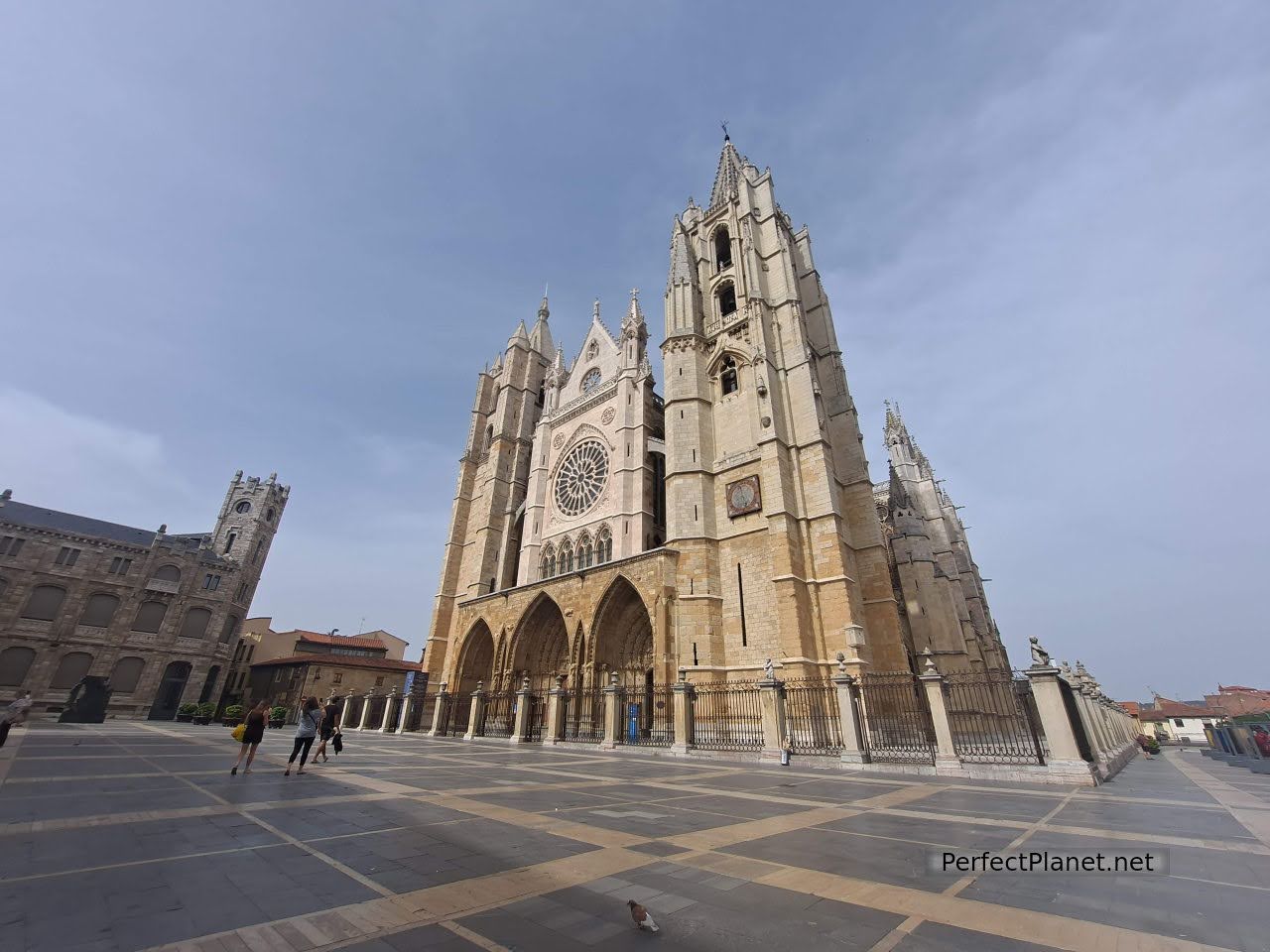
Cathedral
Our route starts in the Burgos town of Valdenoceda in the Valdivielso valley on the banks of the river Ebro, between the Tudanca and Tesla mountain ranges.

Air bridge
In the heart of the Sierra de la Demanda in the Burgos village of Neila we start one of the most spectacular routes in the province of Burgos.

Nilsa Chica